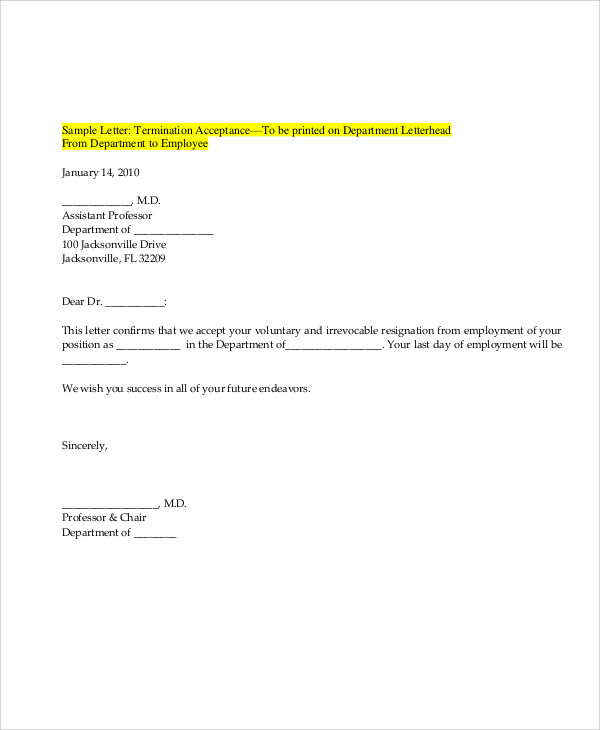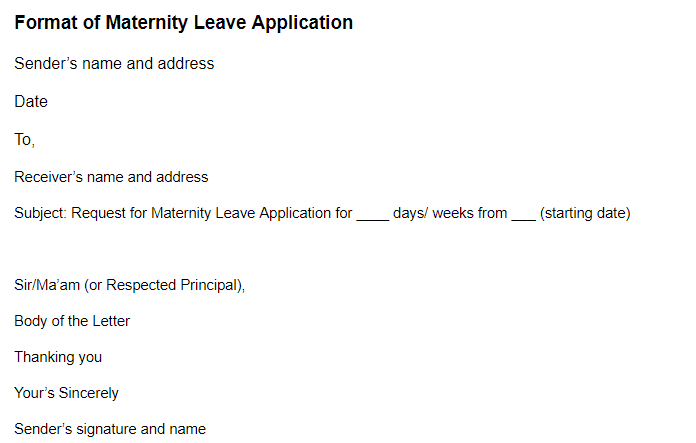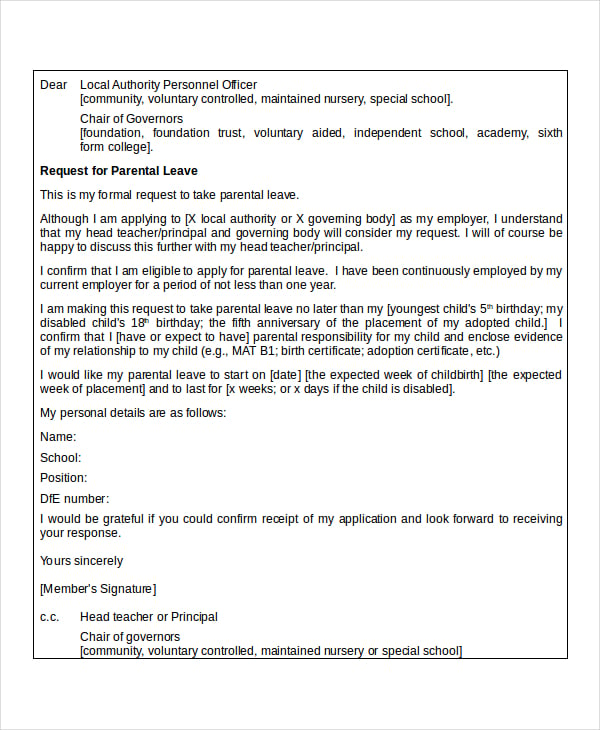40 case brief examples templates templatelab
Table of Contents
Table of Contents
If you’re a law student or a lawyer, then you know the importance of creating a case brief. A case brief is a summary of a court case that highlights the key aspects of the case. It’s used to help lawyers and law students understand the legal issues involved in a case and to help them prepare for arguments in court. Creating a case brief can be a daunting task, but with the right format, it can be made easier.
Pain Points Related to Sample Case Brief Format
Creating a case brief can be a time-consuming process. It requires reading a court case, understanding the legal issues involved, and then summarizing the key aspects of the case. Additionally, legal writing can be extremely dense and difficult to understand for those who are not familiar with the jargon and terminology. Finally, the format of a case brief can be confusing, especially for those who are new to legal writing.
Target of Sample Case Brief Format
The target of the Sample Case Brief Format is law students and lawyers who are looking to create a case brief. It provides them with a clear and concise format that they can use to create an effective summary of a court case.
Summary of Main Points
The Sample Case Brief Format is a useful tool for law students and lawyers to create a summary of a court case. By following the format, they can save time and make the process easier. Some pain points that the Sample Case Brief Format addresses include the time-consuming process of creating a case brief, the difficulty of understanding legal writing, and the confusion around the format of a case brief.
Explaining Sample Case Brief Format
The Sample Case Brief Format is designed to be a simple and straightforward way to create a case brief. It consists of several sections including the case title and citation, the key issues involved in the case, the court’s decision, the reasoning behind the decision, and any dissenting opinions. Using this format, law students and lawyers can quickly create a summary of a court case that highlights the key aspects of the case.
Personally, I found that using the Sample Case Brief Format saved me a lot of time when I was in law school. I was able to quickly create a summary of a court case without having to spend hours reading through dense legal writing. Additionally, the format helped me to understand the legal issues involved in a case more clearly.
Benefits of Using the Sample Case Brief Format
Using the Sample Case Brief Format has several benefits. First, it saves time by providing a clear and concise format that can be used to quickly create a case brief. Second, it helps to make legal writing more accessible by breaking down complex legal issues into simpler terms. Third, it provides a clear structure for the case brief that can be used to organize your thoughts and ensure that you don’t miss any important details.
How to Use the Sample Case Brief Format
To use the Sample Case Brief Format, simply follow the sections outlined in the format. Start with the case title and citation, then move on to the key issues involved in the case. Next, summarize the court’s decision and the reasoning behind the decision. Finally, include any dissenting opinions. By following this format, you can quickly and easily create a case brief.
Tips for Using the Sample Case Brief Format
When using the Sample Case Brief Format, it’s important to remember the purpose of the case brief. The purpose is to provide a summary of the case that highlights the key issues and the court’s decision. As such, it’s important to keep your summary concise and to focus on the most important aspects of the case. Additionally, make sure to include the case citation so that others can find the case easily.
Question and Answer
Q: What’s the difference between a case brief and a case summary?
A: A case brief is a more detailed summary of a court case that provides an explanation of the legal issues involved and the reasoning behind the court’s decision. A case summary is a shorter summary of the case that provides an overview of the key aspects of the case.
Q: Do I need to include dissenting opinions in my case brief?
A: It’s not necessary to include dissenting opinions in your case brief, but it can be helpful to do so if you’re trying to provide a well-rounded summary of the case.
Q: What should I focus on when creating a case brief?
A: When creating a case brief, you should focus on the key issues involved in the case and the court’s decision. You should also make sure to provide a clear and concise summary of the case.
Q: How long should a case brief be?
A: A case brief should be concise and to the point. There’s no set length for a case brief, but it should be long enough to provide a clear and thorough summary of the case.
Conclusion of Sample Case Brief Format
The Sample Case Brief Format is a useful tool for law students and lawyers who are looking to create a case brief. By following the format, they can create a clear and concise summary of a court case that highlights the key issues and the court’s decision. Using the Sample Case Brief Format can save time and provide a clear structure for the case brief, making it easier to create an effective summary of a court case.
Gallery
40 Case Brief Examples & Templates ᐅ TemplateLab
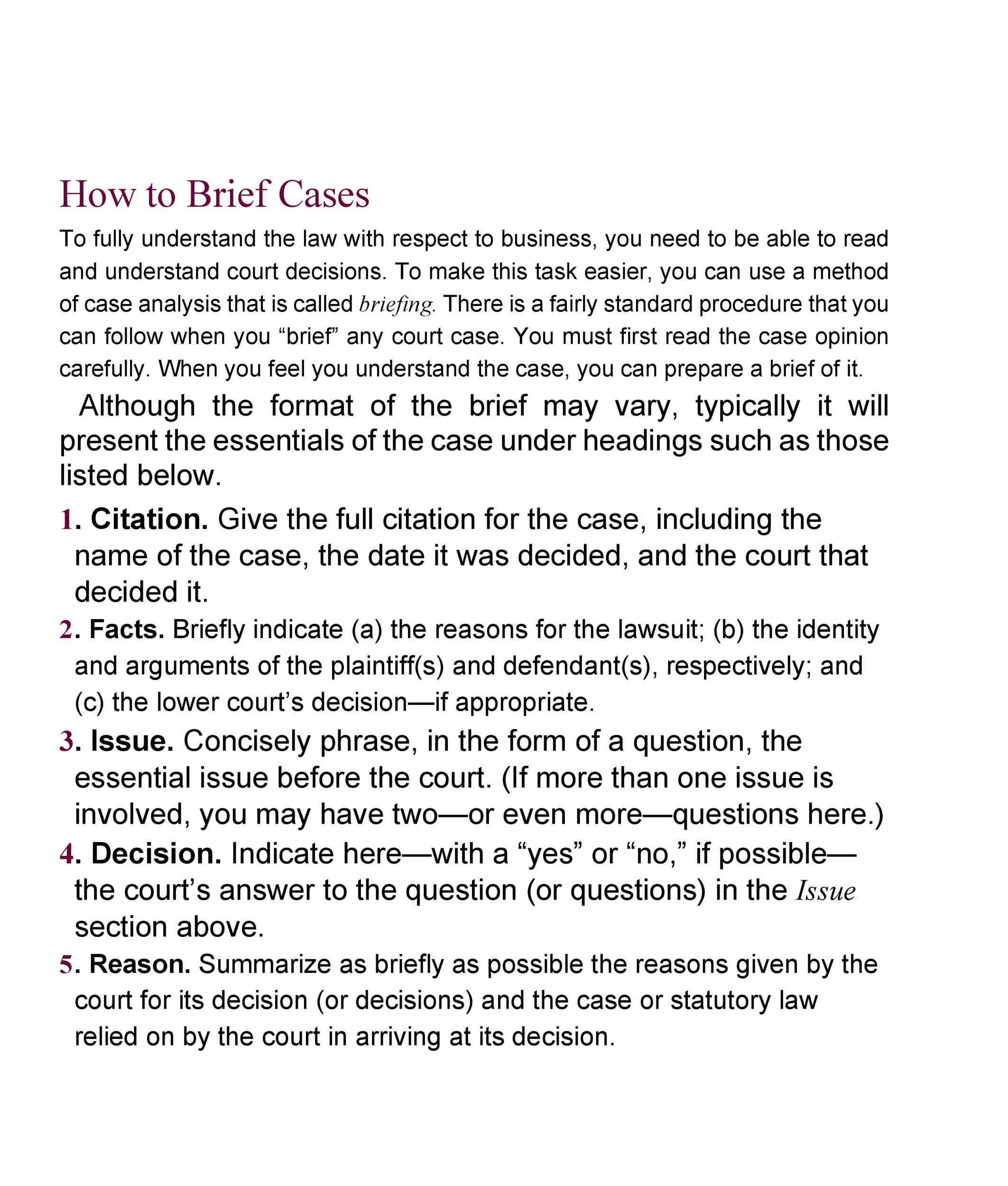
Photo Credit by: bing.com / brief case template examples templates templatelab
40 Case Brief Examples & Templates - Template Lab
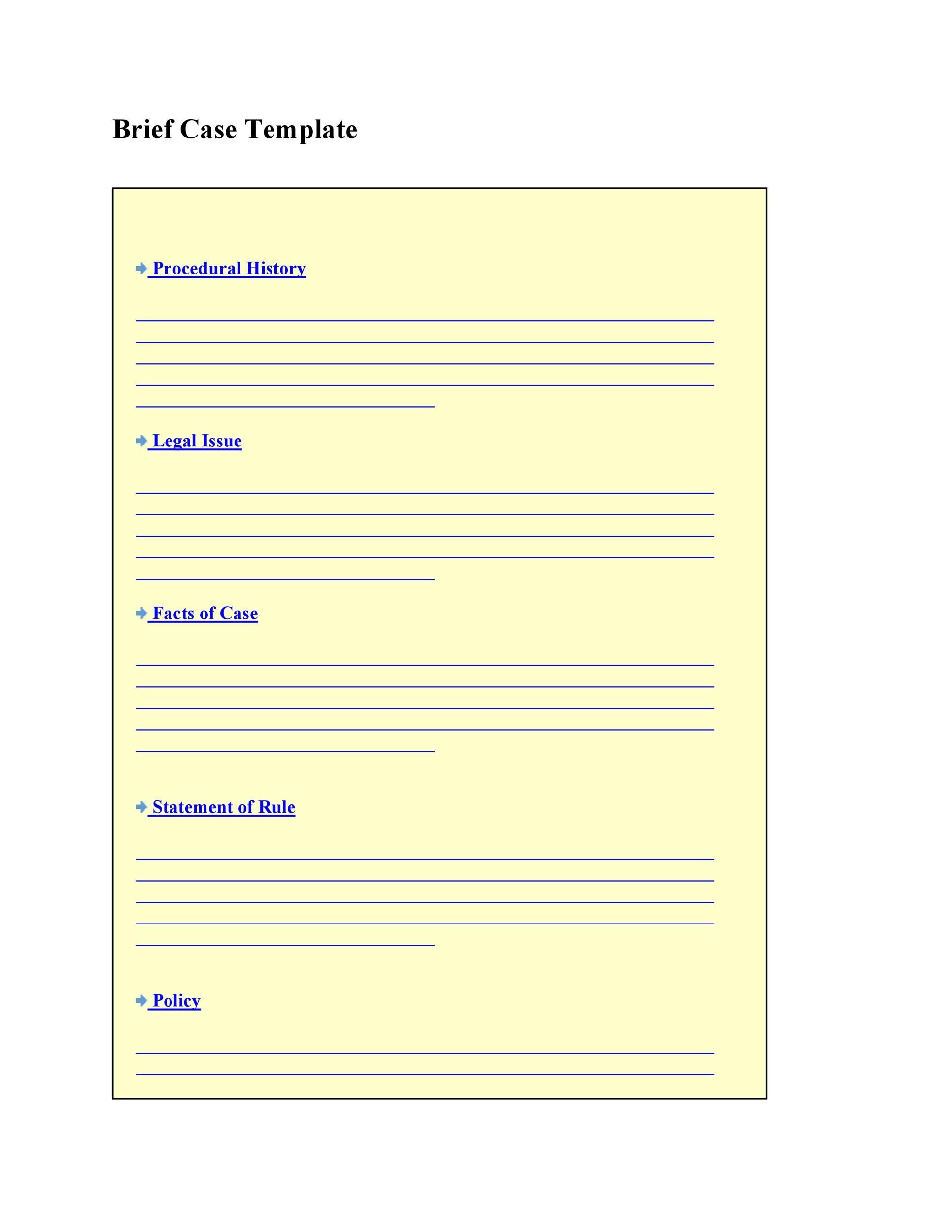
Photo Credit by: bing.com / examples templatelab
40 Case Brief Examples & Templates - Template Lab
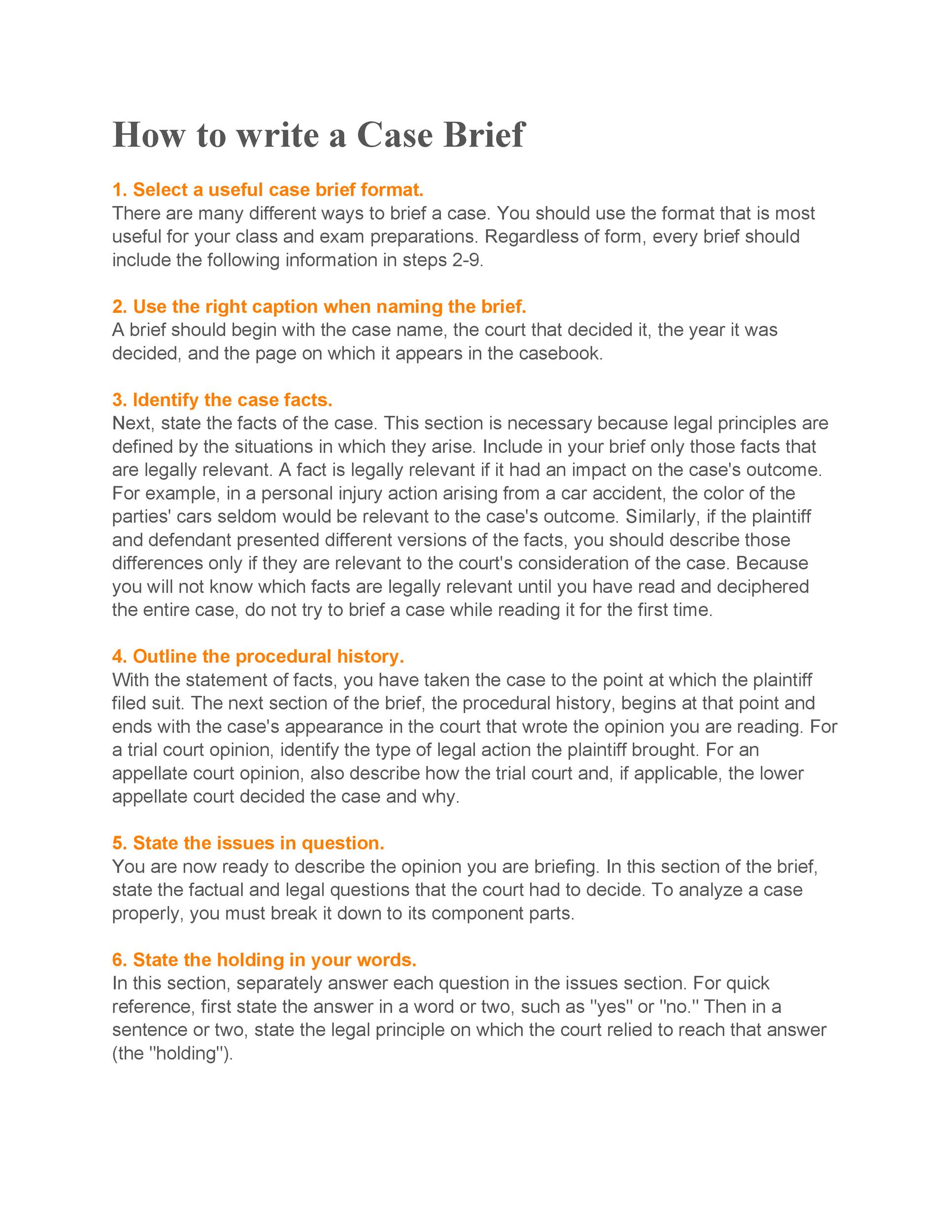
Photo Credit by: bing.com / example caption apa essay templatelab
40 Case Brief Examples & Templates ᐅ TemplateLab
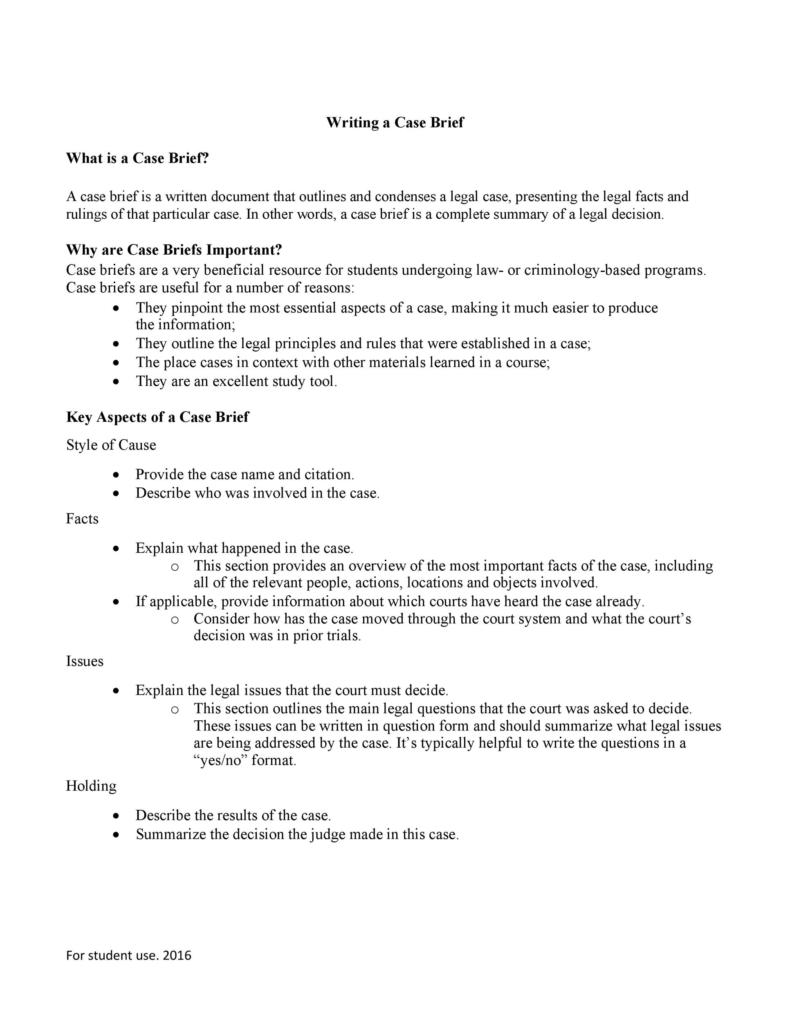
Photo Credit by: bing.com /
How To Brief A Case Sample
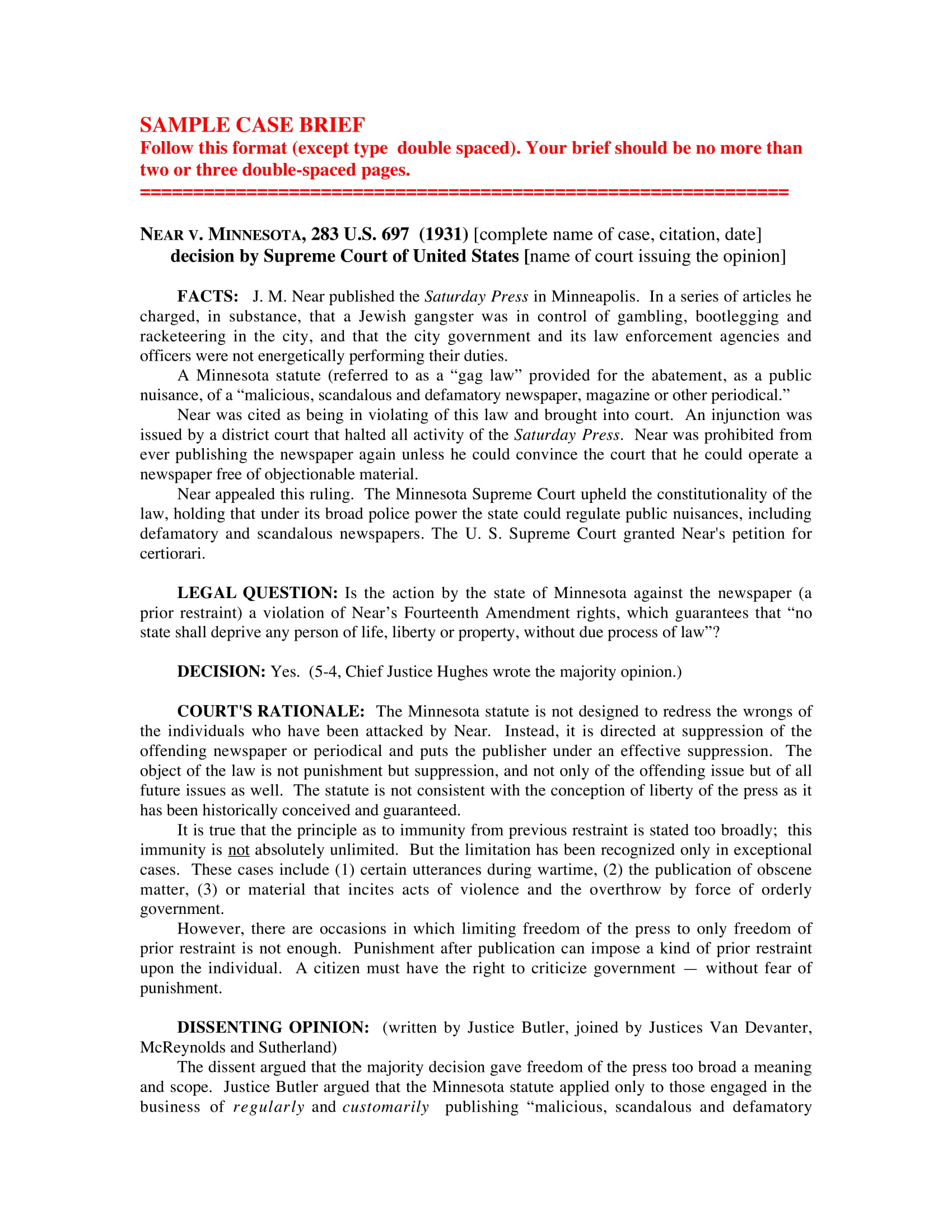
Photo Credit by: bing.com / brief

